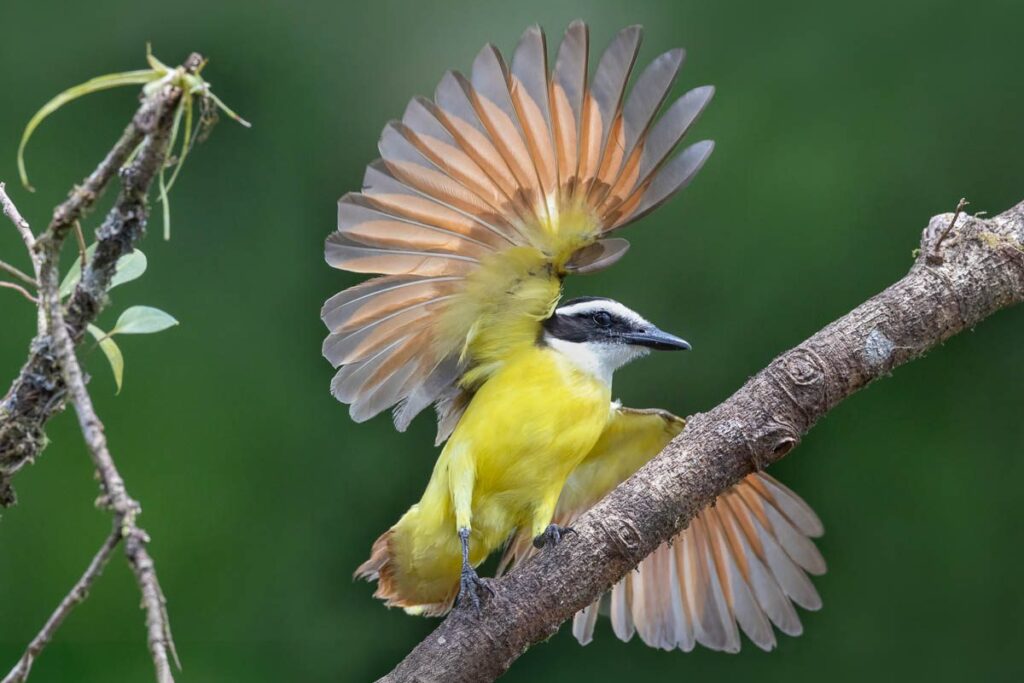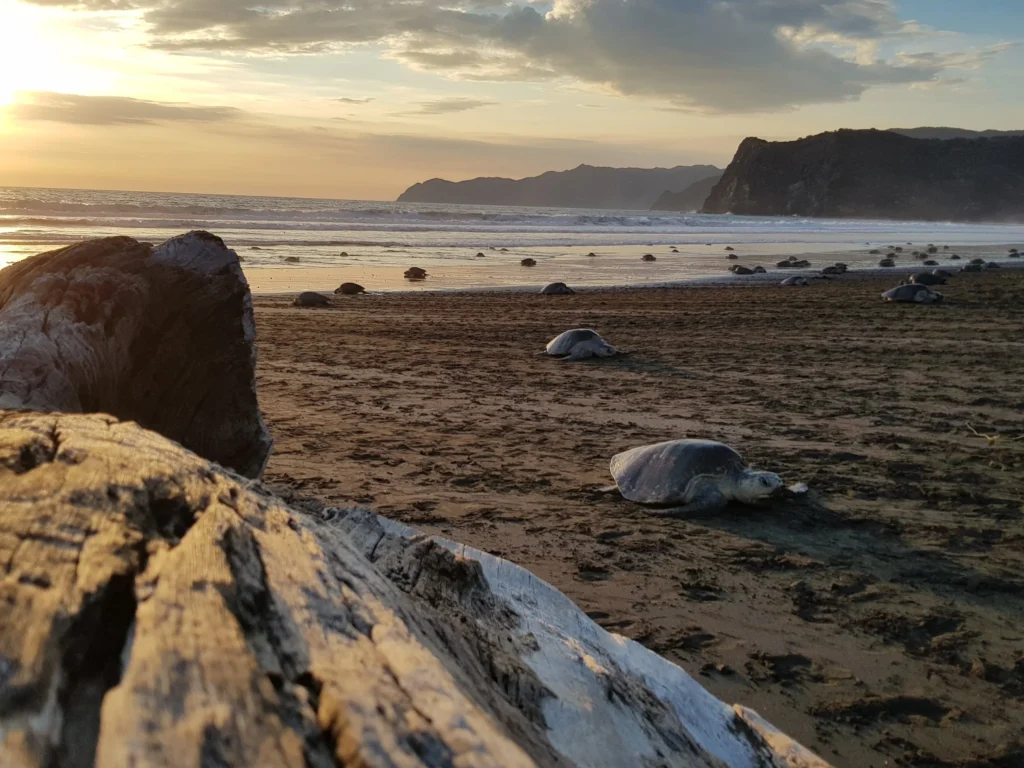Costa Rica is one of the most biodiverse countries in the world, making it a dream destination for wildlife photographers. From vibrant toucans and elusive jaguars to colorful frogs and delicate orchids, every corner of the country offers a chance to capture something extraordinary.
But when is the best time to visit Costa Rica for wildlife photography?
The answer depends on what you’re hoping to photograph, where you plan to go, and how you want to experience the natural beauty of this tropical paradise. In this guide, we’ll walk you through the ideal times of year to explore Costa Rica with your camera—with updated insights for planning your photography tour in 2026 and 2027.
Understanding Costa Rica’s Seasons
Unlike temperate countries that experience four seasons, Costa Rica has two main seasons:
- Dry Season (Verano): December to April
- Rainy Season (Invierno): May to November
While many travelers assume the dry season is “better” for visiting, the truth is more nuanced for photographers. Wildlife behavior, landscape colors, and lighting conditions change dramatically between seasons — and each period offers unique opportunities.
How Seasons Affect Wildlife Photography
Dry Season (December–April)
Pros
- More sunlight = better natural light for shooting.
- Easier access to remote locations (better roads and trails).
- Migratory birds arrive (especially from North America).
Cons
- Drier forests = fewer amphibians and insects.
Some animals are less active during midday heat.
Rainy Season (May–November)
Pros
- Lush green landscapes and dramatic skies.
- Amphibians, reptiles, and insects are most active.
- Fewer tourists = quieter, more intimate experiences.
Cons
- Rain can limit shooting hours (but great for macro photography!).
- Accessibility may be limited in certain areas due to muddy roads.
Best Months for Wildlife Photography in Costa Rica (2026–2027)
January to April (Peak Dry Season)
- This location is great for bird photography, including migratory species.
- We have the best lighting conditions and stable weather.
- It is highly recommended for first-time visitors or those seeking variety.
May to August (Green Season Begins)
- Lush scenery and active wildlife.
- It is perfect for macro and rainforest photography.
- This is an excellent time to avoid tourist crowds.
September to November (Rainiest Months)
– Best time for amphibians, reptiles, and insects.
– Challenging but rewarding: misty forests and dramatic skies.
– Ideal for advanced photographers or those seeking something different.
Wildlife Photography by Region
Boca Tapada
- Best months: January to April, and July–August
- It is home to the great green macaw, toucans, bats, frogs, and more.
- It is an excellent location for bird and macro photography.
Sarapiquí
- Best months: February to May, October
- Rainforest habitat with rich biodiversity, especially for frogs, birds, and insects.
- This habitat is ideal for conducting close-up studies and engaging in night photography.
Caño Negro
- Best months: January to March
- These months are ideal for photographing water birds, monkeys, and reptiles.
Often explored by boat, this location offers excellent reflections and angles for photography.
Monteverde
- Best months: March–May, July
- The area is renowned for its mystical fog, orchids, and hummingbirds.
Resplendent quetzal nesting season peaks around April.
San Gerardo de Dota
- Best months: January to April
- The best place in Costa Rica to photograph the resplendent quetzal.
- Cool weather, crystal-clear light, and high-altitude forest.
Key Wildlife Species and When to Photograph Them
Birds
- Resplendent Quetzal – Peak season: March to May in San Gerardo de Dota.
- Toucans and Aracaris – Year-round, but more active January to June.
- Hummingbirds—Best in Monteverde and Dota between February and June.
Mammals
- Sloths and Monkeys – Active year-round. During the dry season, they become easier to spot.
- Jaguars, Pumas (rare) – Chance sightings in remote areas like Osa or Caño Negro.
- Amphibians and Reptiles
- Frogs (Red-eyed tree frog, glass frogs)—May to October (green season)
- Snakes and Lizards—June to November, when rain brings more movement.
Macro Subjects
- Insects, spiders, fungi, and textures thrive during the rainy season.
- The rainy season is ideal for early morning or night photography using flash or diffused light.
Seasonal Photography Tips
Dry Season Tips (Dec–Apr)
- Use a circular polarizer to cut through haze and enhance colors.
- Early mornings offer soft light and active wildlife.
- Bring a telephoto lens (at least 400mm) for birds and mammals.
Rainy Season Tips (May–Nov)
- Protect your gear: use waterproof covers and silica packs.
- Embrace the rain — wet conditions create rich tones and magical fog.
- Focus on macro: a 90mm or 100mm lens is ideal for frogs and insects.
Plan Ahead for the Perfect Shot
Whether you’re seeking iconic birds, rare mammals, or macro magic deep in the jungle, Costa Rica offers unforgettable wildlife photography experiences year-round. The key is knowing where to go and when.
With thoughtful planning—and the right local guide—you can create a portfolio of extraordinary images in one of the most beautiful countries on earth.
Book Your 2026 or 2027 Tour with Physis
If you’re ready to turn your photography dreams into reality, we invite you to plan your custom photo tour in Costa Rica for 2026 or 2027 with Physis Photo Tours.
Whether you’re a beginner or a seasoned photographer, we design 100% photography-focused experiences tailored to your goals, interests, and gear.
Contact us today to Start building your personalized wildlife photography adventure.



